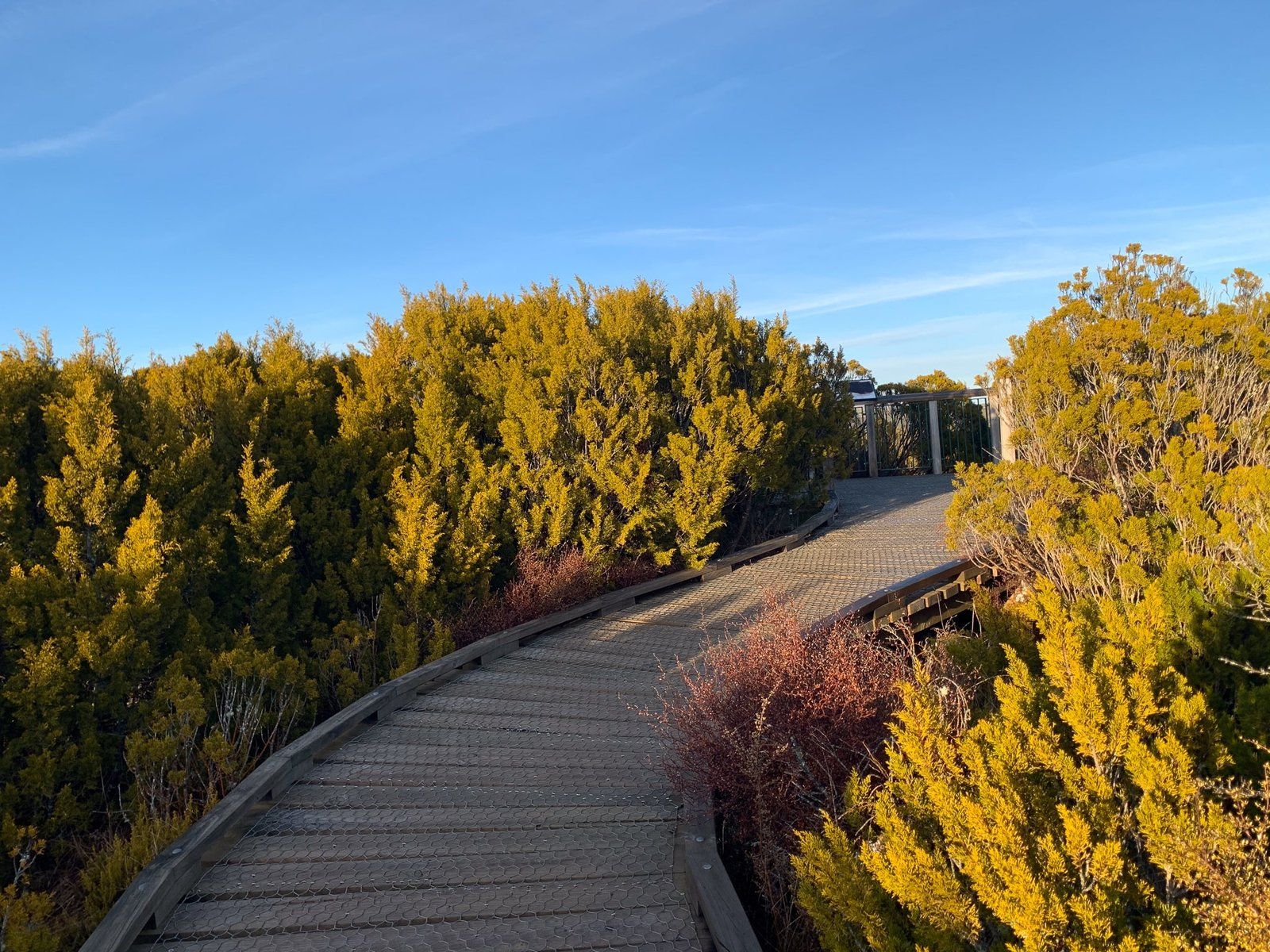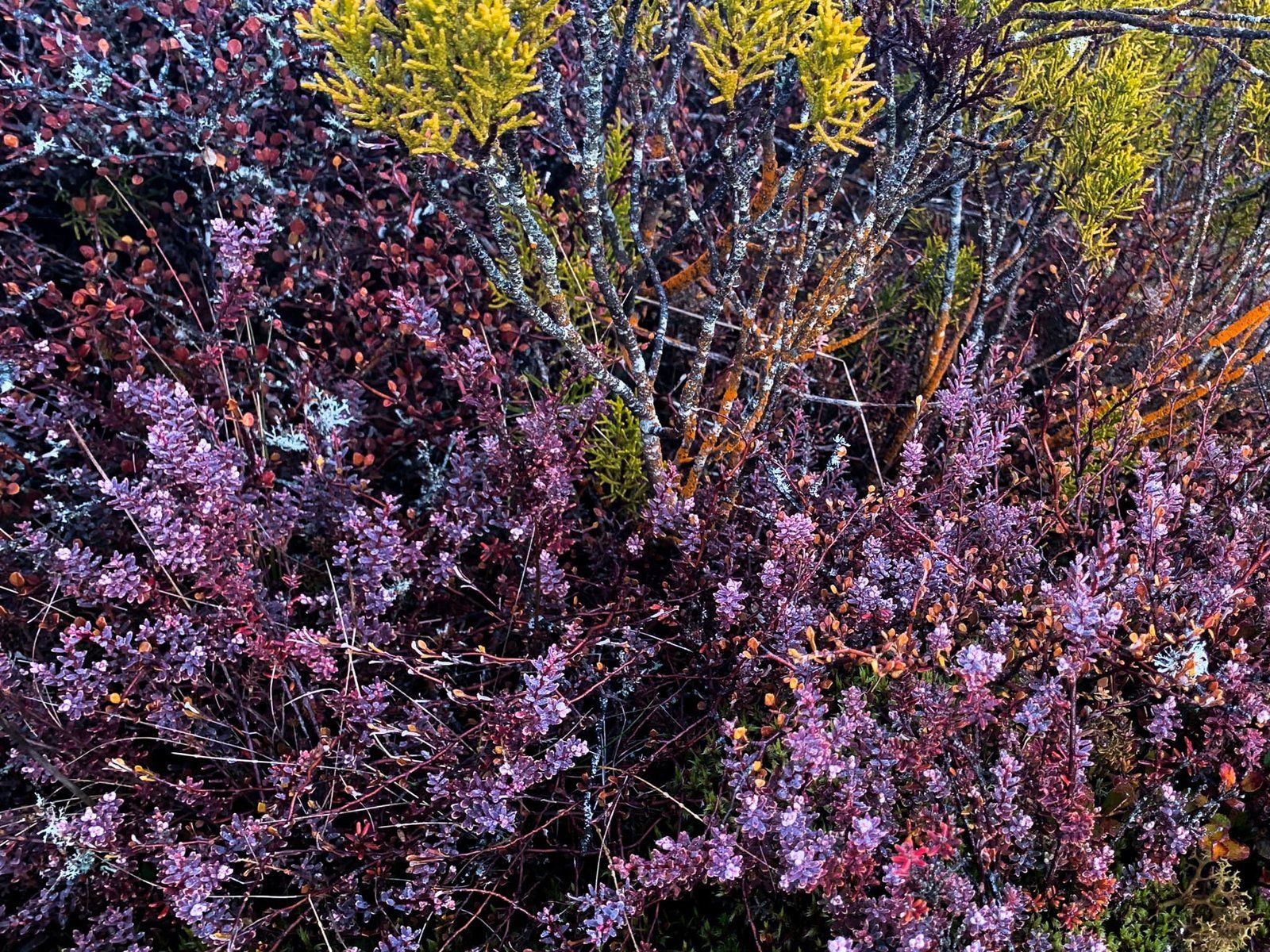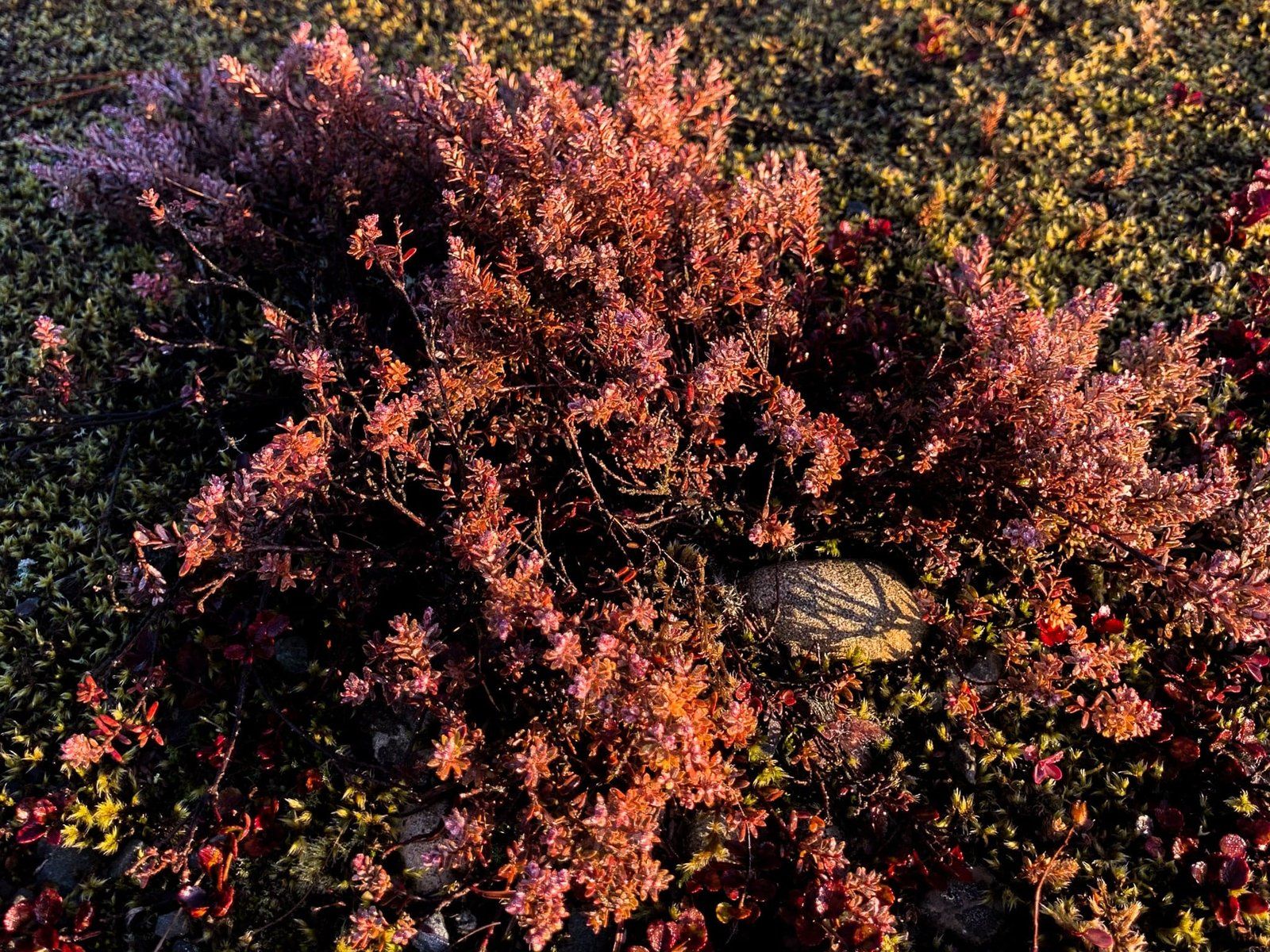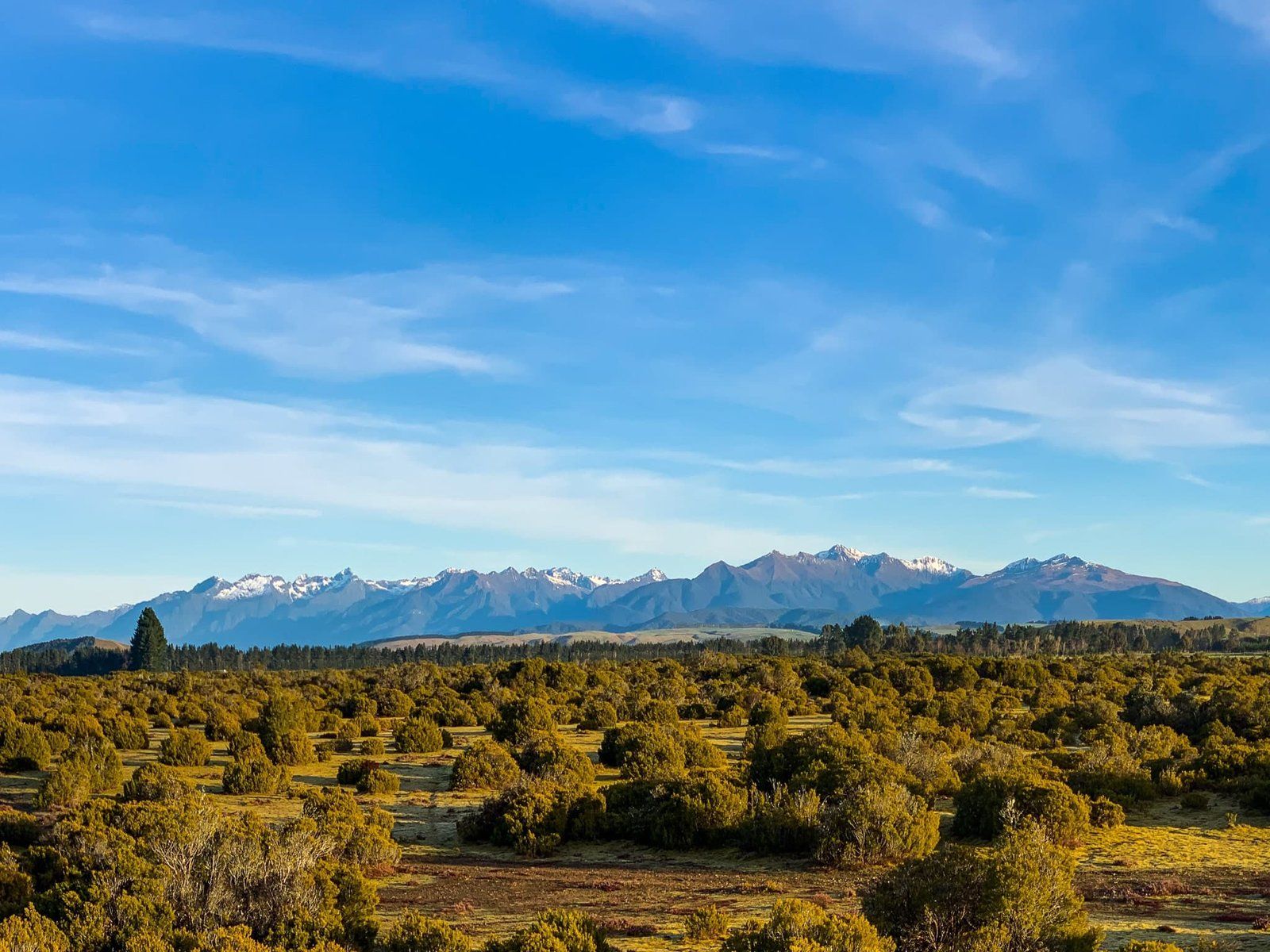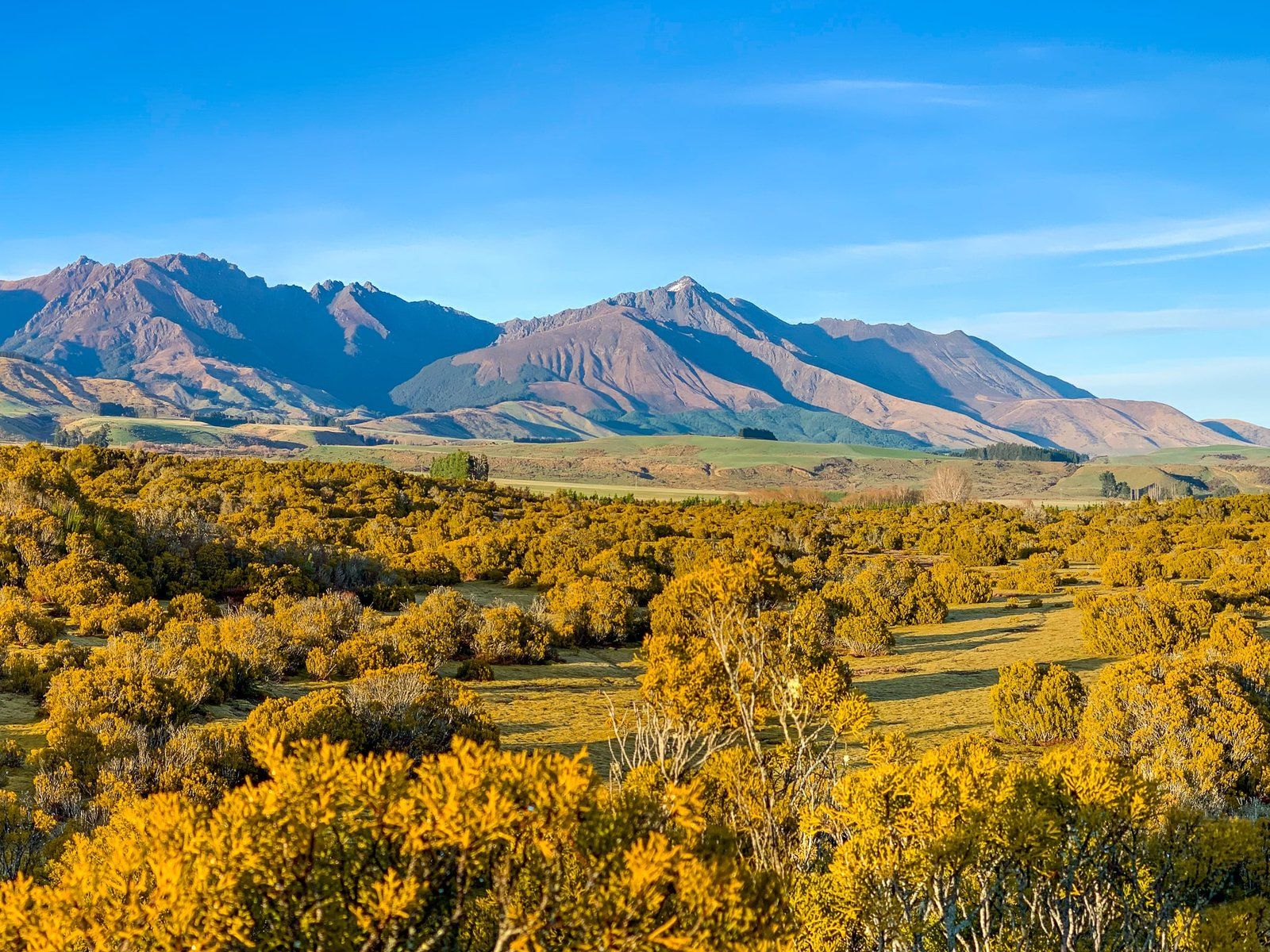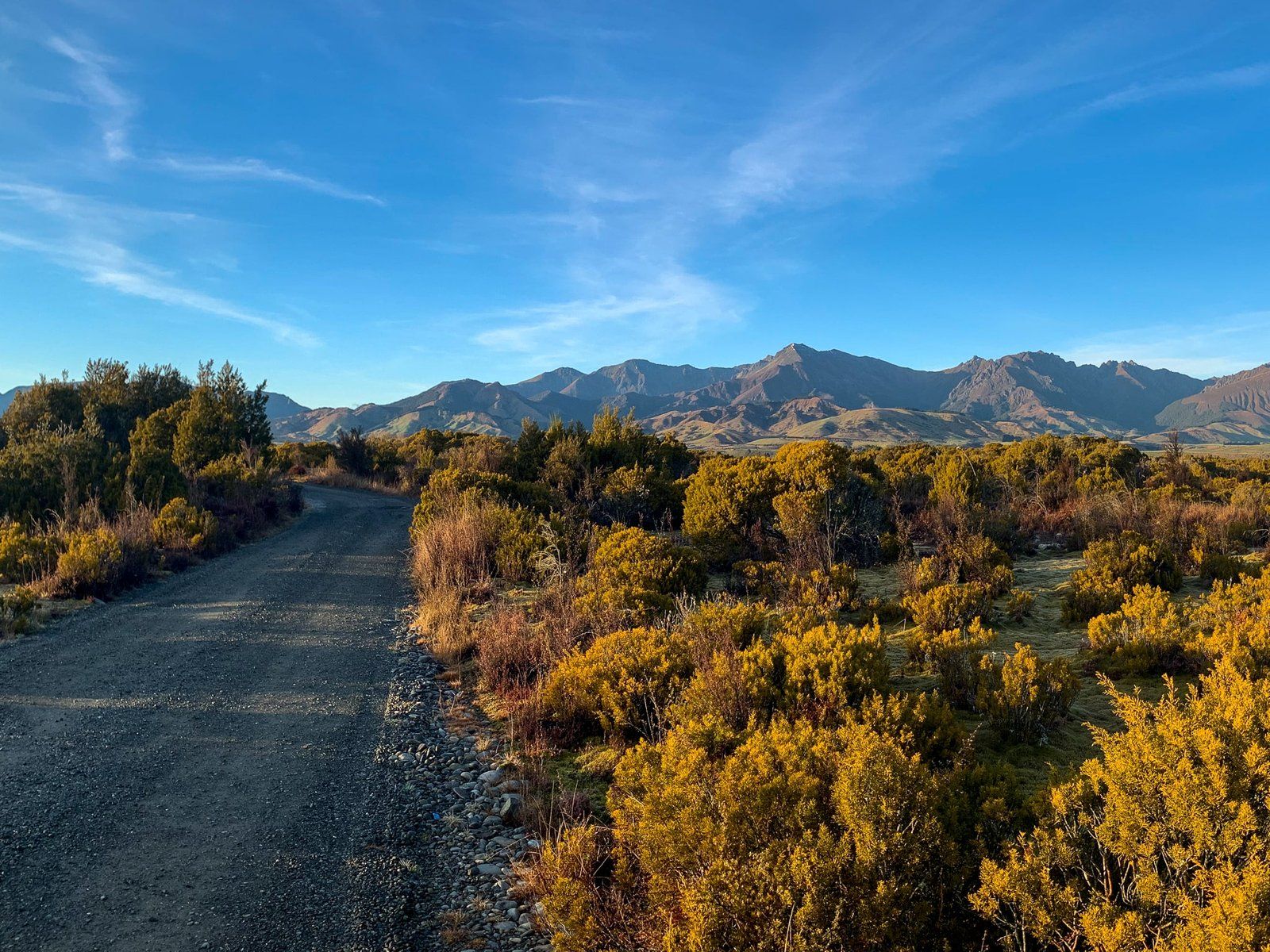Exploring the Scientific Wilderness Reserve
Located 21 km southeast of Te Anau along the Southern Scenic Route on State Highway 94, the Scientific Wilderness Reserve provides a unique look at the region's post-glacial history. This reserve is particularly interesting for its display of the first vegetation that emerged after glaciers retreated from Southland around 10,000 years ago. The vegetation is native New Zealand bog pine, also known as mountain pine. This shrub is notable for its resilience and slow growth, taking hundreds of years to reach waist height and typically growing to about 3 to 4 metres.
Unique Flora and Resilience
The bog pine thrives in harsh conditions, such as stony post-glacial moraines and riverbeds, which explains its prevalence as glaciers receded. These shrub-like trees are incredibly hardy, with thick, fire-resistant bark. They can also quickly resprout after fires, a valuable adaptation on the drier eastern side of the Southern Alps, where forests are more susceptible to fire.
Scenic Views and Historical Context
From the reserve car park, you can take a short track through the bog pines to a viewpoint. This offers a sweeping view over the bog pine wilderness and across the Mararoa River valley to the Takitimu Mountains, which rise to heights of 1,400 to 1,600 metres. As you take in the scenery, imagine the entire valley being dominated by these small, resilient trees over 200 years ago, before farms were established.
How to Get There
To reach the Scientific Wilderness Reserve, travel 21 km southeast from Te Anau on State Highway 94. The car park is signposted and situated directly off the road.
Further along the highway, heading towards Mossburn, there is a second roadside reserve focused on a colourful patch of now relatively rare red tussock grass. From Te Anau, you can also head south to Manapouri or north to the Eglinton Valley and Milford Sound.
